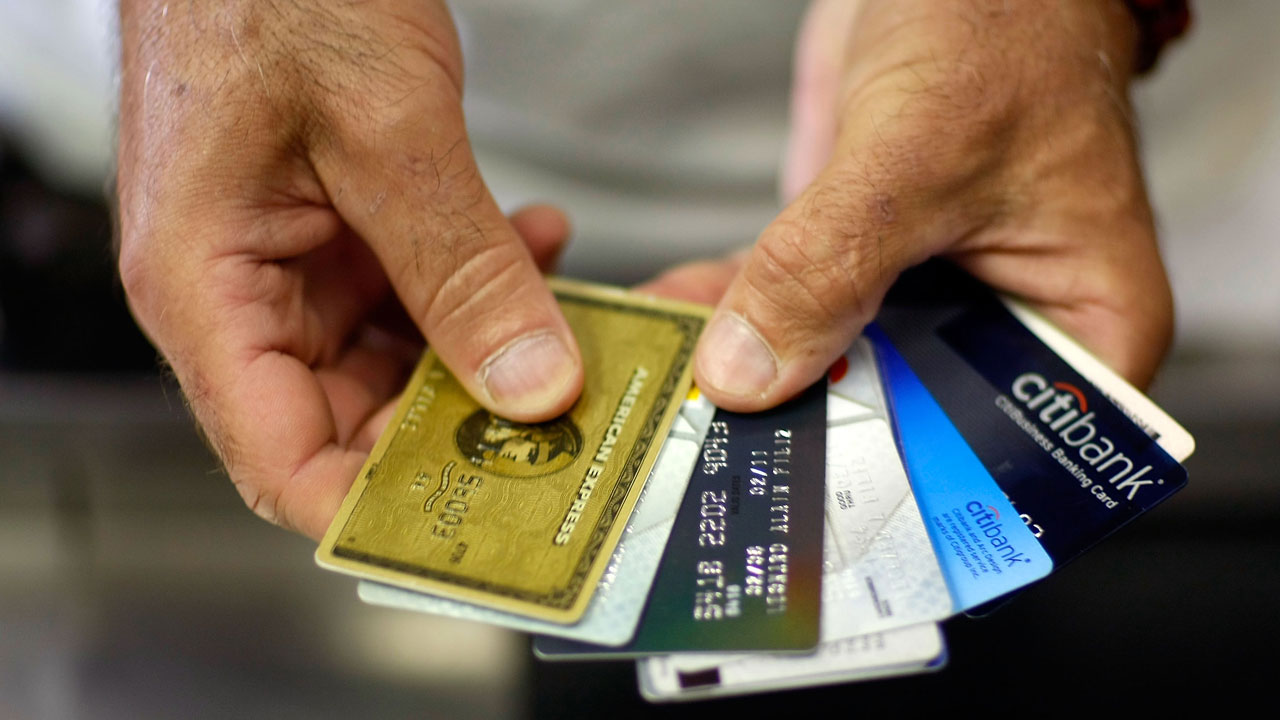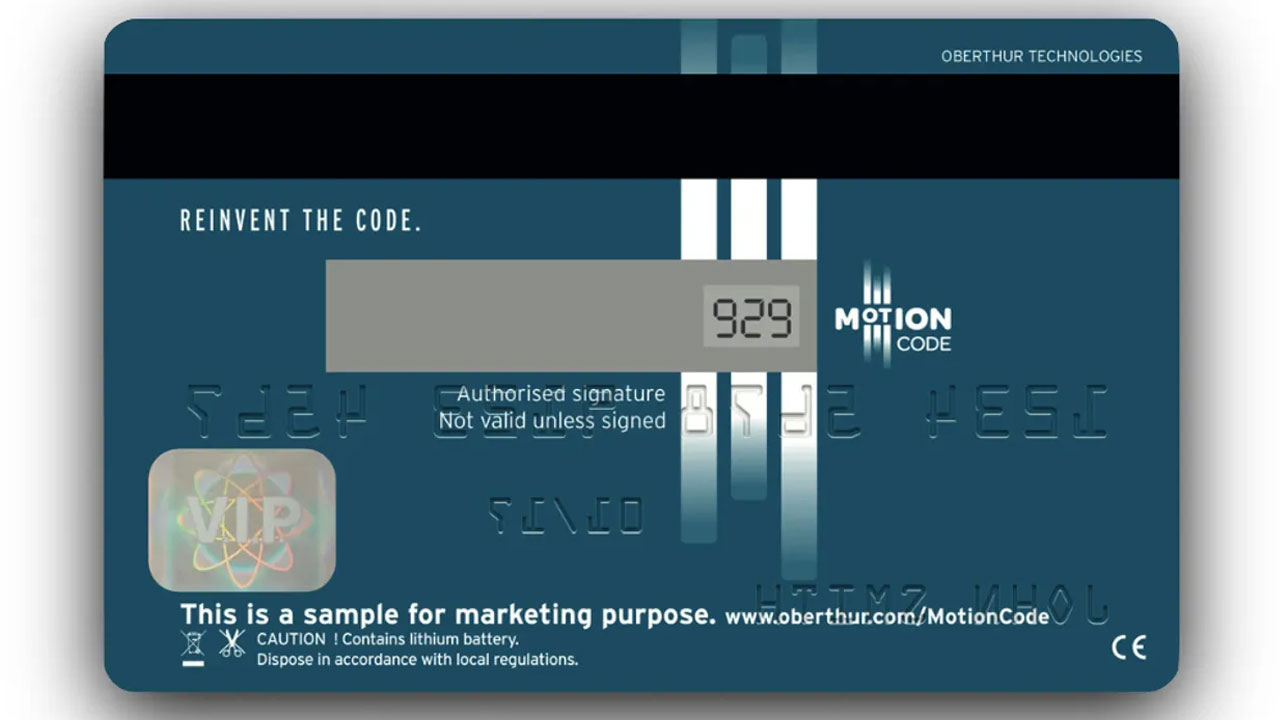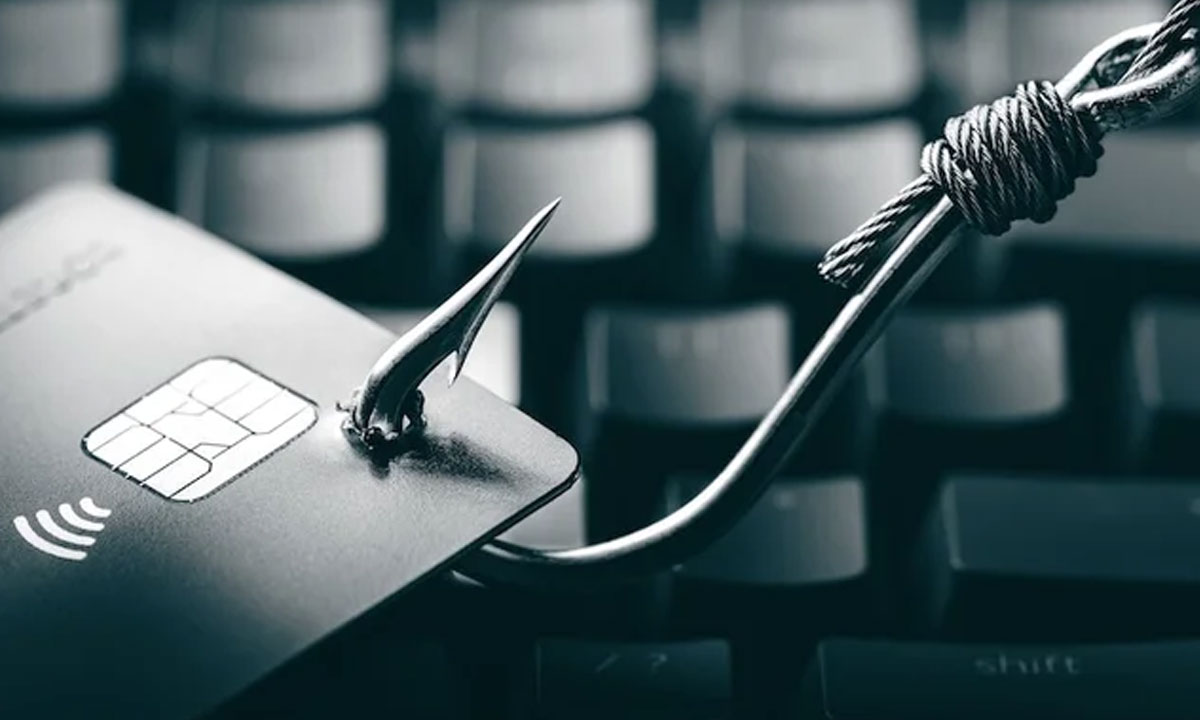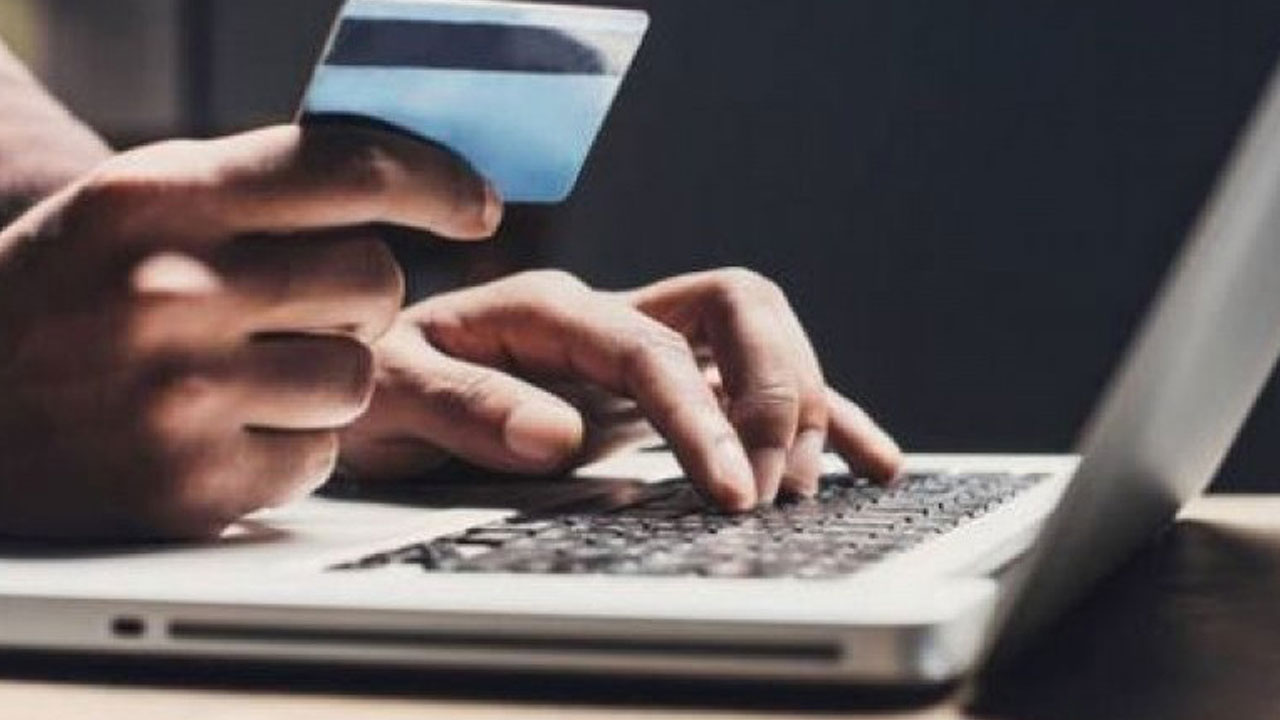
Cracking the Code: Your Ultimate Resource for Site to Buy CVV Online
Card testing fraud, also known as card cracking, is quickly becoming a major issue of feccshop. It involves using stolen credit card numbers which are easy to buy on the dark web. The rise of EMV chips on credit cards has made fraud harder in stores. So, more criminals are turning to eCommerce.
Here's the deal: thieves get their hands on lots of stolen card numbers. Then, they try making small test purchases to see if the card is still active. The ones that work, they use to buy more expensive stuff before they get caught.
This type of fraud makes up roughly 16% of all e-commerce fraud, or 7% for the big online shops. Often, they pick on the smaller merchants. Why? Because these sellers are not always up to date with the best anti-fraud measures. This scheme can hit many small payments at the same time. For the shop owner, it means big trouble.
Key Takeaways
- Card testing fraud, or card cracking, is a rapidly growing threat in ecommerce
- Fraudsters target smaller merchants who lack robust anti-fraud measures
- Card testing fraud accounts for 16% of all ecommerce fraud, or 7% for larger merchants
- Fraudsters use stolen credit card numbers purchased on the dark web to conduct small test purchases
- The cumulative impact of these small fraudulent transactions can be financially devastating for merchants
Understanding Card Testing Fraud
Card cracking, or card testing fraud, is becoming more common in online shopping. Here, thieves get credit card numbers illegally. Then they try to make small purchases with these numbers. Their aim is to find out which cards are still usable. After this, they use the active cards to make big fake buys.
What is Card Testing Fraud?
Card testing fraud involves getting credit card numbers unlawfully. This often happens on the dark web. Thieves use these numbers to do small, experimental buys. They're looking to see which cards are valid for bigger, illegal purchases.
How Card Testing Fraud Works
Fraudsters try out stolen card details by making very small purchases. They want to confirm if the cards work. This method makes up about 16% of online fraud and 7% for big sellers. They prefer targets with weak protection, like smaller online shops, to avoid getting caught early.
The Impact of Card Testing Fraud
These small, trial purchases can cause serious problems for businesses. They lead to unexpected costs and maybe a bad name. Customers, too, may suffer financial loss because of these attacks.
Merchants should fight back by using strong fraud prevention at their stores. It’s important to stay up to date on threats. This way, they can avoid losses and keep their customers’ trust.
In-house Strategies for Preventing Card Testing
Protecting your business from card testing fraud is vital. Luckily, there are strategies to fight against this risk. These actions can greatly lessen the chances of falling victim to fraud and safeguard your earnings.
Activating AVS and CVV Matching
Turning on AVS and CVV matching on your payment gateway is crucial. It helps block fraudsters using stolen card data. They'll face error messages, making it hard to carry out their deceitful schemes.
Implementing Purchase Attempt Limits
Another key method is setting purchase attempt limits. After a few declines, further tries should be blocked. This helps stop fraudsters from trying out many stolen cards on your site.
Monitoring Small Order Activity
Fraudsters often begin by making small purchases. Watching your order activity, especially for small transactions, is smart. This can help catch any unusual activities that might be fraud, allowing you to act quickly.
Scrutinizing Foreign IP Addresses
Fraud from card testing often comes from foreign IP addresses. So, checking orders from these addresses is important. Comparing them with other fraud signals might catch these criminals before they harm your business.
Blocking Foreign IP Addresses
If global customers aren't a big part of your business, blocking foreign IP addresses can help. This strategy cuts off a common route for card testing fraud. It reduces the risk significantly.
Building a Customer Blacklist
Creating and using a customer blacklist is a strong defense. It allows you to block repeat fraudsters. This protects your business and income from future exploitation.
Staying Vigilant During the Holidays
During holidays and other busy shopping times, fraud is especially high. By keeping a close eye on your orders then, you can reduce the holiday fraud impact. It helps keep your business secure.
External Anti-Fraud Tools
Merchants should not rely only on their in-house tactics to fight fraud. They need to use external anti-fraud tools too. These tools add an extra layer of protection. They bring in more know-how to stop card testing fraud better.
PCI-Compliant Payment Gateways
It's a good move to use a PCI-compliant payment gateway. Such gateways have strong measures like AVS and CVV checks. These checks can prevent fraudsters from using stolen card info. This makes it harder for them to succeed with card testing.
Automated Fraud Prevention Tools
Automated fraud prevention tools are key in the fight against fraud. They can quickly highlight orders that seem fishy. These tools can also put a stop to risky transactions on their own. This helps lower your risk from card testing fraud.
Chargeback Prevention Services
Working with a chargeback prevention company can also help a lot. They are experts in stopping fraud at all points. Their help is crucial in reducing the harm from chargebacks due to card testing. It's a smart move to protect your money and name.
Measuring Anti-Fraud Effectiveness
Tracking card testing instances is key to fighting fraud effectively. It lets you see what's working and what's not in your strategy. By watching chargeback rates you can spot if card testing fraud is hurting your business. This fraud could even put your ability to take payments at risk. It's important to update your anti-fraud plans regularly to stay one step ahead.
Tracking Card Testing Instances
Keeping an eye on how many times cards are tested fraudulently is important. It gives you clues on how well your defenses are holding up. Patterns in the data could show you when and where fraud is likely to happen. This insight helps tweak your plans to better catch fraudsters.
Monitoring Chargeback Rates
Looking at chargeback rates often can show you if card testing fraud is affecting you. A sudden jump in chargebacks may mean loopholes in your payment system are being exploited. This regular check helps you find what's wrong and make your anti-fraud work stronger.
https://www.youtube.com/watch?v=hqdjg30e-Qo
Site to Buy CVV Online: A Trusted Platform
This website is a top choice for safe CVV purchasing. It offers a secure path to get CVV codes online. Besides, it shares guides and expert tips. These help businesses handle card fraud and set up strong defense plans.
Secure CVV Purchasing
This platform values your CVV purchases to buy virtual card with credit card. It sticks to high safety standards. All buying activities are safe and meet PCI rules. This means your payment info is well protected from harm.
Comprehensive Guides and Expert Tips
Looking to fight fraud? This site has your back too. It's packed with comprehensive guides and expert tips. You'll learn about spotting and stopping fraud, using top anti-fraud tech, and securing your shop and customers.
No matter your shop's size, this site to buy CVV online has what you need. It helps you deal with online fraud and keep your web store safe and sound.
Getting Professional Help with Fraud
Merchants can see big changes by making some adjustments and using new tools to fight card testing fraud. But, if they still face problems, they should not hold back in looking for professional help with fraud. Handling chargebacks and other issues from fraud can cost a lot of time and money. So, partnering with ecommerce fraud prevention guidance experts can bring custom advice and support. This will help with the unique challenges their business may face.
Online merchants could lose up to $130 billion to fraud from 2018 to 2023, Juniper Research says. The National Retail Federation also points out a yearly $25 billion loss to retailers from refund fraud. With these huge numbers, getting professional aid is key. It can help in making and using fraud prevention plans that work.
Firms like Accertify are known to help businesses make real progress. For instance, Accertify's Fraud Management cut down on manual reviews for a big box store by 20%. It also saved over $8.7 million from fraud. Using their know-how and the latest tech, merchants can make their fraud spot and stop systems better. This can lower the bad effects of card testing fraud on money and brand image.
Finally, reaching out for professional help with fraud and ecommerce fraud prevention guidance can change the game for struggling retailers. With the right ally, you can set up a solid, data-focused way to protect your business and customers from the harm of card testing fraud.
Understanding BIN Attacks
In the world of online fraud, staying alert is key. Merchants face new challenges, like BIN attacks. These attacks misuse the first 6-8 digits of a credit card number to try different combinations. This helps them find active card numbers for illegal use.
What is a BIN Attack?
The BIN is the card's first numbers, revealing its issuer and type. Stolen, this info is used to try many card number combos. With this, fraudsters target online stores to find working card numbers. This lets them make fake purchases using stolen cards.
Preventing BIN Attacks
Defending against BIN attacks requires many steps. These include:
- Checking users' identities carefully
- Watching for strange payment patterns
- Using smart tools to spot fraud and control bots
- Adding extra checks and limiting purchase tries
- Checking addresses and using security challenges
- Teaching staff to spot and report odd activities
- Limiting card use if too many purchases fail
These steps help lower the risk of BIN attacks. They protect your business from the harms of fraud.
The Legalities of CVV Codes
The CVV code is important for your card's security. It's a three- or four-digit number on your card. It's part of how the card protects you and the merchant. It stops people from using your card without permission.
Bypassing CVV Codes and the Law
If a place needs your CVV for a buy, you can't go around that rule. Bad actors try sneaky ways to get your CVV, like tricking you with fake messages. But trying to get around giving your CVV is against the law.
Keeping the legality of CVV codes is very important. It's about making sure paying online stays safe. And learning how to keep your CVV code safe is key in this.
Protecting Your CVV Code
Protecting your CVV is serious. Only put it in on safe sites you are sure about. Never give it out because someone asked in an email or phone call. These could be fakes trying to scam you.
Also, always check your card's activity for anything weird. Catching any fraud early can save you a lot of trouble.
The CVV code is more than just numbers. It's a shield for your money. Be careful with it to stop bad guys from using your info.
Conclusion
Card testing fraud, also known as card cracking, poses a serious threat in the online shopping world. It's crucial for merchants to stay sharp against it. Use both internal methods and outside help to lower the risk of falling victim to this fraud. It's also important to keep checking how well your strategies work and to ask for expert advice when needed.
To beat card testing fraud, beef up your security. This includes using things like Address Verification Service (AVS) and checking the Card Verification Value (CVV). Also, put a cap on how many purchase attempts can be made. Keep an eye out for small orders and orders from other countries. Working with secure payment gateways and using anti-fraud tools are big steps in the right direction too.
Overall, it's vital for online stores to take a strong, early stance against card testing fraud. Be up to date on the latest info, put the best safety tactics in place, and team up with those who know the field well. This way, you'll keep your business safe and your customers protected from the harm caused by such cybercrimes.
FAQ
What is card testing fraud?
Card testing fraud, known as card cracking, happens when thieves use stolen credit card numbers to make small test purchases. They check which cards are active. Then they make big purchases with those cards to get as much money as they can.
How does card testing fraud work?
The thief gets a stolen credit card number. They make a small purchase to see if it works. They check which ones are good. Then they buy more stuff with the working cards.
What is the impact of card testing fraud?
This type of fraud makes up about 16% of all online fraud. It can really hurt smaller businesses. It adds up, making it hard for them to stay afloat.
What in-house strategies can merchants implement to prevent card testing fraud?
Merchants can turn on AVS and CVV checks. They can also limit how many times someone tries to buy something. Watching overseas orders and blocking certain IPs is also smart. Plus, they should keep a list of bad customers and be very careful during busy shopping times.
What external anti-fraud tools can merchants use to combat card testing fraud?
They can use safe payment gateways that check for fraud and match AVS and CVV. Investing in automated fraud tools helps too. And, working with a company that stops chargebacks due to fraud is a good idea.
How can merchants measure the effectiveness of their anti-fraud efforts?
They should watch how many fake card uses they catch and note if chargebacks go down. This helps them see if their plan is working. Stopping card testing fraud is key to keeping their business safe.
How can this site help merchants with secure CVV purchasing and fraud prevention?
This site is a place for safe online CVV buying. It offers tips and guides for merchants to fight fraud and have good, clean deals. Businesses can get their CVV codes in a safe way here, and they have access to tools that stop fraud.
When should merchants seek professional help with ecommerce fraud?
If merchants can't lower their card testing fraud by themselves, they need expert help. Handling chargebacks and other fraud results can be hard and expensive. Experts can give them the right tricks and support for their business's special needs.
What is a BIN attack and how can it be prevented?
A BIN attack steals the six numbers on a credit card's front and generates possible card numbers. To stop this, all merchants should use the same secure payment method. Or, they could let a trusty gateway watch over all purchases.
Is it legal to bypass a CVV code when required for a purchase?
No, skipping the CVV when needed for a buy is against the law. The CVV keeps our buys safe. Scams try to get your CVV through fake emails or malware. To keep your card safe, always enter your CVV on trusted sites, don't give info out randomly, and check your buys for anything weird.







